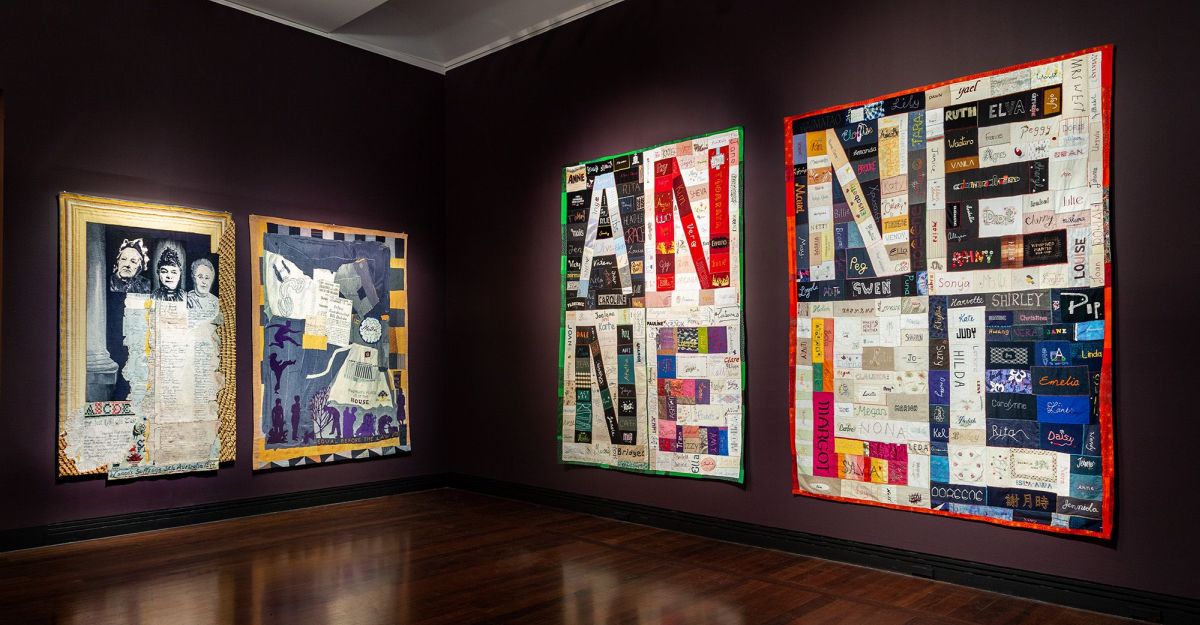I’ve been thinking about grasshoppers lately. I remember as a child how I’d stride through knee-high paddocks, and a cloud of them would zing away from my feet, fleeing my monstrous steps. I noticed a few years ago – I’m not sure when – that those clouds had disappeared. I wondered at first if it had been a childish illusion, that memory exaggerated their presence.
But no, it wasn’t an illusion, that memory.
I remember tadpoles. Those fat, mottled tadpoles, and the tiny black ones. Their clear, golden eyes. We’d bring them home in jam jars and watch them transform into miniature frogs. A couple of rainfalls and, like magic, every puddle was wriggling with life.
As a child, I took these miracles for granted. And slowly, silently, the miracles have been disappearing. Over the course of my life, I’ve witnessed the stupefying collapse of geological processes into human time. Human beings have hit our planet like the meteorite that caused the extinction of the dinosaurs.
We’re a calamity for every species on earth, including ours. The shimmering galaxy of life on earth is blinking out, species by species, each of its complex beauties and variety vanishing into the instant nostalgia of screensavers and nature documentaries. Underneath the collective noise of humanity, the malignant silence of extinction spreads like a terrible disease.
And yet, instead of dealing with this slow but crushing threat to our very survival, humanity seems to be retreating into a collective psychosis. Fear, it turns out, isn’t a road towards critical action. In the last election, we saw the climate crisis take a back seat to short-term fear, self-interest and delusion. It feels like a horrifyingly distorted, suicidal despair.
It’s not surprising that a lot of people have been asking recently, what’s the use of art on a dying planet? What’s the point, when humanity itself is facing an existential threat? Why spend our energy making and arguing for art, when so many people are suffering under the systemic oppressions that are also destroying the very systems that maintain our survival?
It’s a good question. And it’s no use lying to ourselves, those of us who think art matters: art isn’t a solution. Art isn’t going to bring down the catastrophic hyperdrive of capitalism. Art won’t save the world. Not by itself. But it can be part of the resistance.
I believe this with every fibre in my being. But I have a few caveats.
Art is a magnificent illusion of possibility. It expresses the best of us, as well as the worst: it encompasses everything we are. Before we made this world as it is, we imagined it. And art is our major process of imagining.
When I read those endless arguments about how books are important because they make us more empathetic, I wince: does no-one remember Adorno’s anguish after the Third Reich? German culture produced some of the greatest writers and composers of modern European culture. The commandants of the camps listened to Mozart; they read the lyric poets. And despite this magnificent cultural inheritance, they sent millions to the death camps – Jews, LGBTQI people, political dissidents, people with disabilities – and promoted a cataclysmic war that still dominates our global imaginary.
This isn’t by any means the whole story about art, but it demonstrates that it’s no automatic inoculation against the evil that humans do. Culture is powerful, but it doesn’t work directly. When it’s called to service ideologies of cultural superiority, of racial and sexual hierarchy, as is almost inevitable in colonialist cultures like ours, art can become a weapon. We see this in the bruiting of so-called ‘western civilisation’, a weirdly distorted vision of cultural inheritance that acts as a propaganda arm for the right.
It’s not uncoincidental that these ideologies carry a subtext of annihilation. The Third Reich hated the vitality of contemporary artists; they excoriated some of the greatest artists of the twentieth century in the notorious Entartete Kunst exhibitions of ‘degenerate art’. Instead, they promoted Nazi kitsch: lifeless, desiccated derivations of classical art. As with our ideologies of economic development and growth, they pulled out beneath them a wave of silenced voices, of disappearing forms and possibilities, waging war on cultural memories and lives.
The so-called culture wars are, of course, part of the larger war about what we value. And right now, money is the shape of all value. The value of tadpoles or grasshoppers or the black-throated finch (which faces extinction if the Adani mine finally gets through) exists only in the multimillion-dollar industries that guarantee their extinction.
The only thing that is going to change anything is direct action: the solid, unglamorous, thankless work of organising, creating communities, developing representative voices for those who go unheard in the chambers of power.
Art is part of this – or, at least, can be. It’s not direct action in itself. It’s a way of bringing us together to critically consider who we are in relation to the realities in which we live. In our atomised world, art reaches for connection, expressing the fullness of what we are, the variousness of our pasts and our futures.
Art gives us courage. It searches for the complex truth, it gives voice to our fears and desires, it can make us stronger. It can help us to see the world we have more clearly, and help us to imagine a better one. In the face of despair, which guarantees defeat, art is a part of fighting back.
Photo by Greg Rakozy on Unsplash
Read the rest of Overland 235
If you enjoyed this piece, buy the issue




